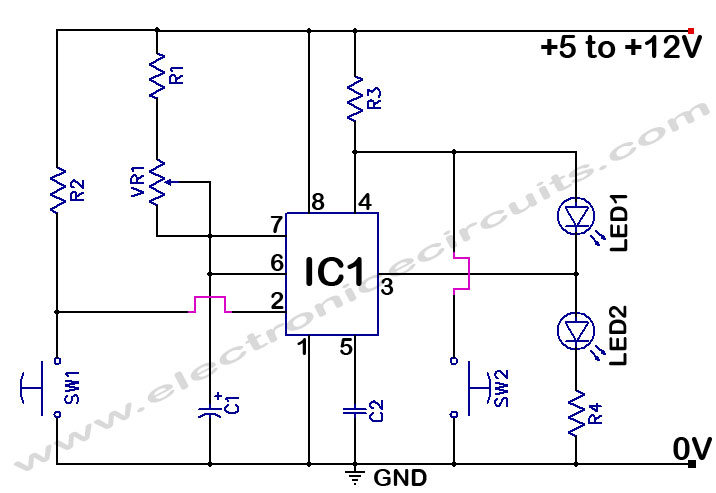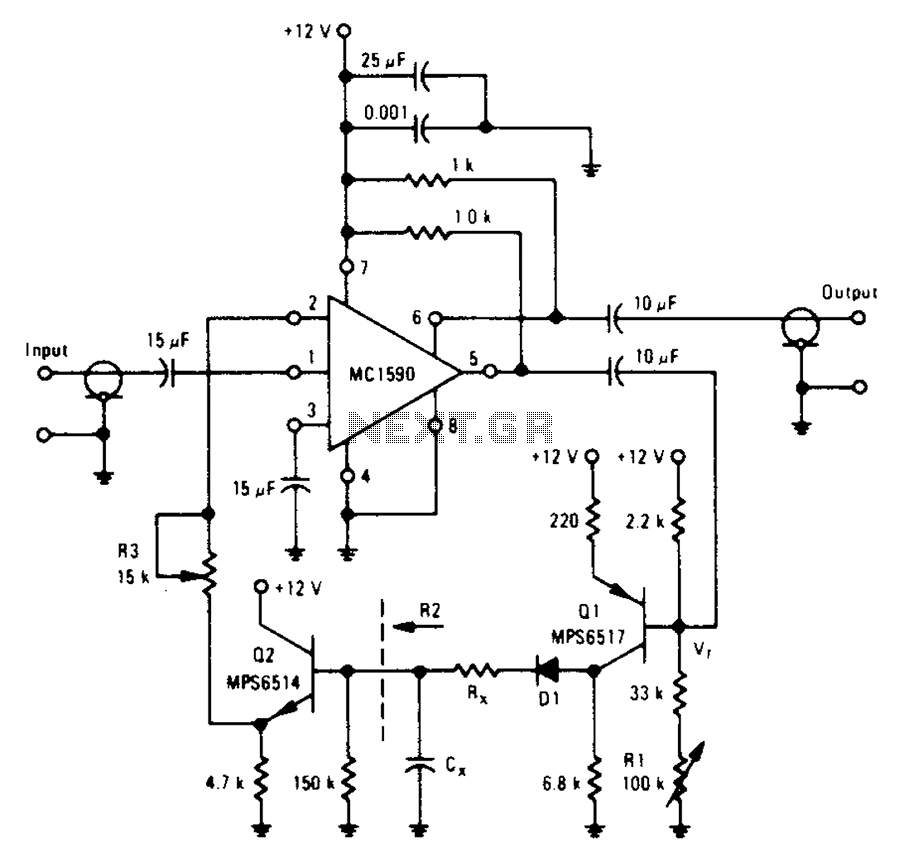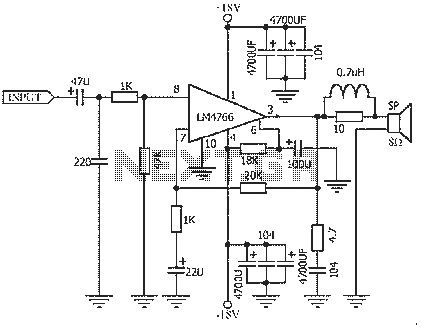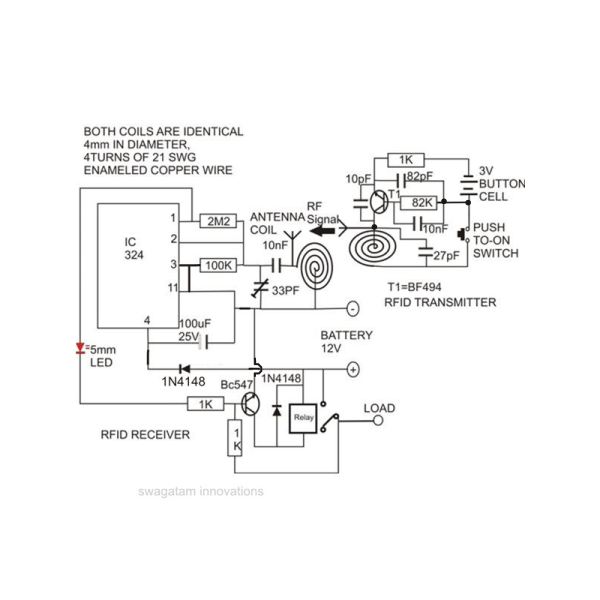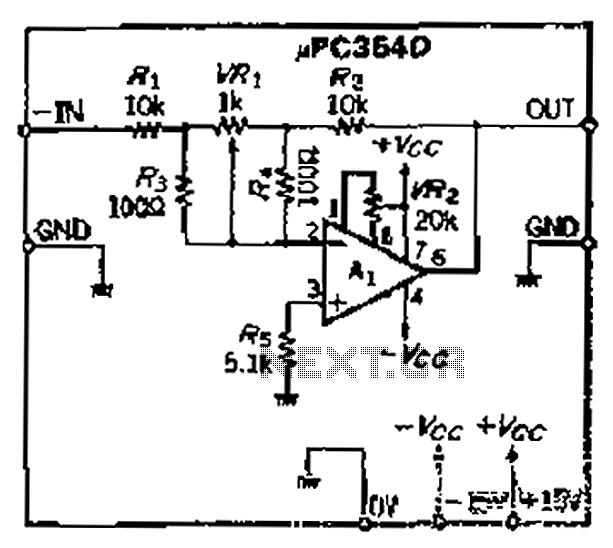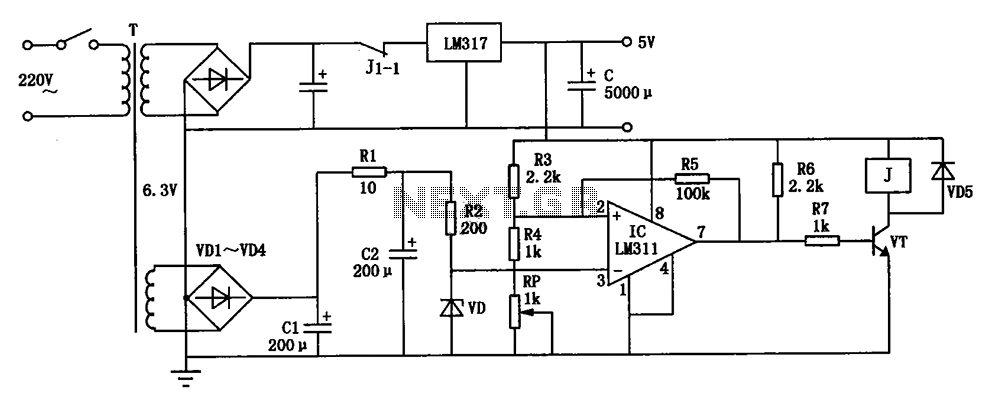
the circuit diagram of tv antenna
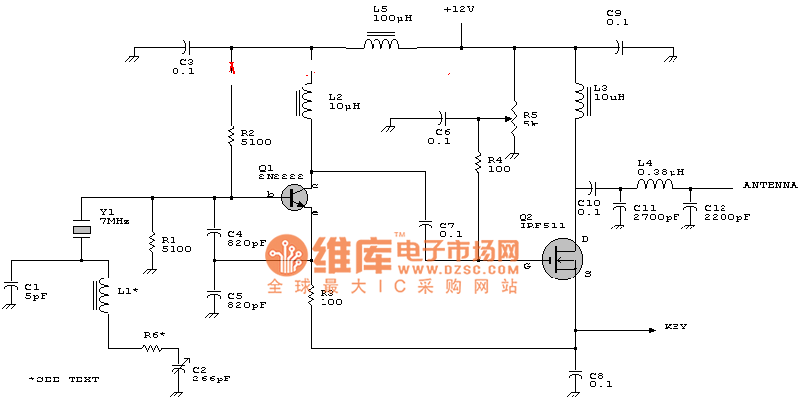
The circuit diagram of a TV antenna is sourced from the technical information provided by Chinaicmart. For more detailed information or additional circuit designs, further inquiry may be necessary.
The circuit diagram for a TV antenna typically consists of several key components that work together to receive television signals effectively. The primary elements include the antenna itself, which can be either a dipole or a loop design, depending on the frequency range it is intended to capture.
The antenna is connected to a coaxial cable, which serves as the transmission line to carry the RF (radio frequency) signals to the television receiver. The coaxial cable is designed to minimize signal loss and interference, ensuring that the quality of the received signal is maintained.
In addition to the antenna and coaxial cable, a matching network may be included in the circuit to ensure that the impedance of the antenna matches that of the transmission line and the receiver. This is crucial for maximizing power transfer and minimizing reflections that could degrade the signal quality.
The circuit may also incorporate a low-noise amplifier (LNA) positioned close to the antenna. The LNA boosts the weak signals captured by the antenna before they travel through the coaxial cable, thus enhancing the overall performance of the system.
Furthermore, filters can be integrated into the design to eliminate unwanted frequencies and reduce noise, ensuring that only the desired television signals are amplified and sent to the receiver.
For optimal performance, the antenna design should be tailored to the specific frequency bands used by local television stations, taking into account factors such as gain, directivity, and bandwidth. This will ensure that the antenna can effectively receive signals from various directions and distances, depending on the geographical location and surrounding environment.
Overall, the circuit diagram of a TV antenna represents a critical component in the reception of broadcast television signals, and understanding its design can significantly improve signal quality and viewing experience.The circuit diagram of TV antenna The diagram is from the tech information of chinaicmart. IF for more detailed infomation or more circuit .. 🔗 External reference
The circuit diagram for a TV antenna typically consists of several key components that work together to receive television signals effectively. The primary elements include the antenna itself, which can be either a dipole or a loop design, depending on the frequency range it is intended to capture.
The antenna is connected to a coaxial cable, which serves as the transmission line to carry the RF (radio frequency) signals to the television receiver. The coaxial cable is designed to minimize signal loss and interference, ensuring that the quality of the received signal is maintained.
In addition to the antenna and coaxial cable, a matching network may be included in the circuit to ensure that the impedance of the antenna matches that of the transmission line and the receiver. This is crucial for maximizing power transfer and minimizing reflections that could degrade the signal quality.
The circuit may also incorporate a low-noise amplifier (LNA) positioned close to the antenna. The LNA boosts the weak signals captured by the antenna before they travel through the coaxial cable, thus enhancing the overall performance of the system.
Furthermore, filters can be integrated into the design to eliminate unwanted frequencies and reduce noise, ensuring that only the desired television signals are amplified and sent to the receiver.
For optimal performance, the antenna design should be tailored to the specific frequency bands used by local television stations, taking into account factors such as gain, directivity, and bandwidth. This will ensure that the antenna can effectively receive signals from various directions and distances, depending on the geographical location and surrounding environment.
Overall, the circuit diagram of a TV antenna represents a critical component in the reception of broadcast television signals, and understanding its design can significantly improve signal quality and viewing experience.The circuit diagram of TV antenna The diagram is from the tech information of chinaicmart. IF for more detailed infomation or more circuit .. 🔗 External reference
Warning: include(partials/cookie-banner.php): Failed to open stream: Permission denied in /var/www/html/nextgr/view-circuit.php on line 713
Warning: include(): Failed opening 'partials/cookie-banner.php' for inclusion (include_path='.:/usr/share/php') in /var/www/html/nextgr/view-circuit.php on line 713
